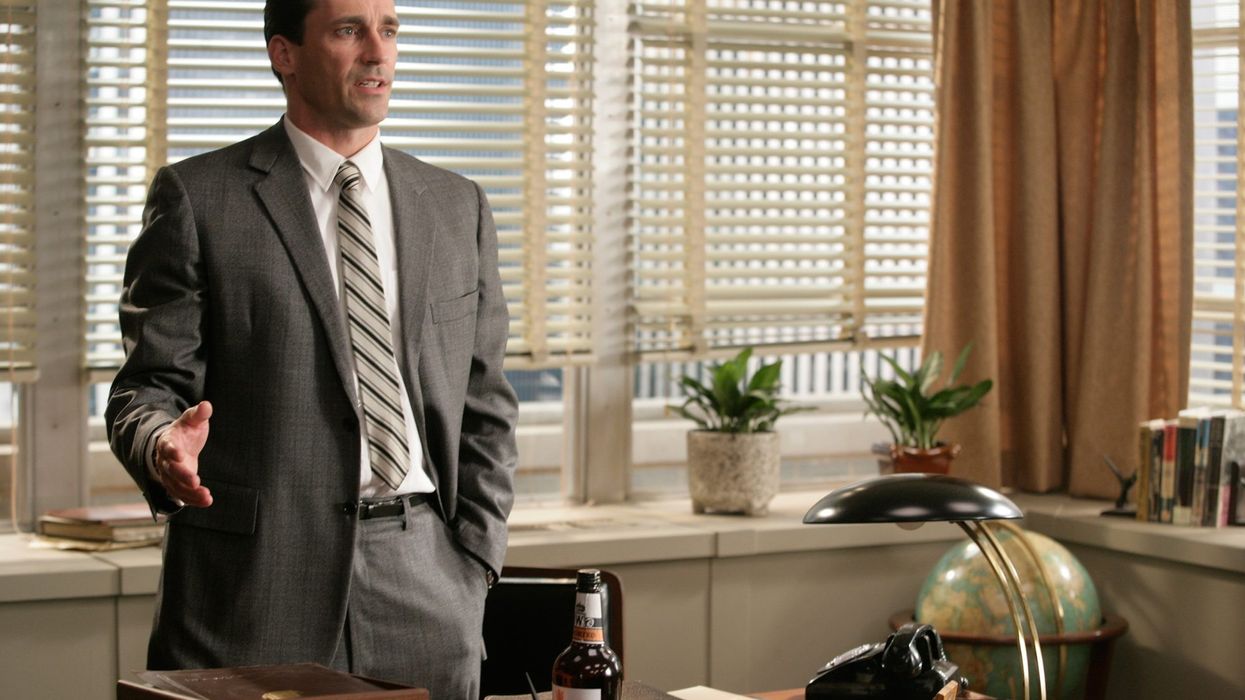If you're looking to generate some suspense in your film, one of the key questions you need to ask yourself is: "How do I keep the audience guessing what happens next?" But Steven Spielberg has another idea.
Spielberg makes the audience anticipate the action by setting up scenes that would make him curious himself. He puts himself in the audience's shoes, asking: "What would I want to see?" In his latest essay for Fandor, Phillip Brubaker describes this as an empathetic brand of filmmaking. Sure, Spielberg is manipulating his audience, but at least he's being nice about it.
Let's take a look at some of the strategies Spielberg uses in his classic films Jaws, The Color Purple, and Munich. In all three examples, we see how Spielberg frames the important object largely in the foreground, so the audience's focus is on what action that object perpends. How will the use of said object affect the outcome of the scene?
Next, Brubaker discusses the difference between subjective and objective perspective, pointing out that mixing the two together can build tension further. The objective view brings the audience in on the joke; when mixed with glimpses at the character’s subjective perspective, we are brought into the internal life of the character. Brusker argues that because of his empathetic nature, Spielberg views both perspectives as equally important to the scene.
Another thing to note is how Spielberg methodically builds the structure of his scenes. In Jaws, the director breaks up a task into a series of quick close-ups so that each step of the character’s process builds tension. (Edgar Wright is all over this.) An ominous score can also help in this department.
Conversely, The Color Purple exhibits how Spielberg can take even quiet domestic situations and ramp up the stakes through slow builds to make them unbearably tense. Sometimes, a slow pan is what the scene needs instead of a series of cutaways to keep the tension going. (A cut would break the momentum and cause the viewer to become aware the film is manipulating them.) When Spielberg does use cutaways, they serve to sustain the tension by extending the time of the action.
Finally, Spielberg uses distractions to heighten the tension of the scene. Will the character be able to finish his or her action before the bad thing happens? Evidently, Spielberg once wondered the same thing himself.
Source: Fandor












